 Project Name: Amalie Arena Tower Air Handling Unit Replacement
Project Name: Amalie Arena Tower Air Handling Unit Replacement
Location: Tampa Bay, Florida
Project type, building type: Sports Complex
Equipment: Wrap Around dehumidification heat Pipes
Manufacturer: Heat Pipe Technology
Engineering challenges
Before Heat Pipe Technology’s involvement, the arena’s ice quality was ranked near the bottom among NHL arenas. This was largely due to the Tampa Bay area climate, where high humidity makes it difficult to create and maintain top-quality ice, which requires dry air. Before HPT arrived, the Amalie Arena was generating around 60% relative humidity (at 65°F) when the NHL recommended 40% relative humidity at 60°F, with a dew point of 36°F.
Solutions
After rejecting a roof-top gas-heat desiccant system as costly and bulky, Amalie Arena installed HPT’s wrap-around Dehumidification Heat Pipes (DHPs). The DHPs use a proprietary system commonly installed in large-scale HVAC applications that require lower humidity, such as hotels, universities, specialty manufacturing, and hospitals.
HPT’s DHPs, which have no moving parts and require little maintenance, use the “phase change” of the working fluid in Amalie Arena’s HVAC system to precool outside air before it enters the cooling coil and reheat the air exiting the cooling coil using recovered heat. This reduces the load on the cooling coil, while lowering the dew point. HPT’s modeling shows that its DHPs remove close to 350 total tons from the cooling load, and roughly four million Btus per hour of reheat, which is necessary to maintain comfortable conditions for over 20,000 fans. This will save the Amalie Arena an estimated $600,000 per year in energy costs.
“Not only did the heat pipe solution allow us to keep all construction inside the existing mechanical rooms and off the roof, greatly reducing first costs,” said Mike Tappouni, of Tappouni Mechanical Services, “but it allowed us to reduce overall energy consumption as well, despite the need for colder water from the chillers. In addition, the reduction in maintenance cannot be understated. It literally went from a maintenance nightmare to a dream.”
About Heat Pipe Technology
Heat Pipe Technology, a division of MiTek®, a Berkshire Hathaway company, is the innovation leader in passive energy recovery and dehumidification systems for commercial and industrial applications around the globe. Employing the very latest in passive-heat-transfer technology, Heat Pipe Technology designs and supplies the core energy recovery technologies to the world’s leading commercial air-handling equipment manufacturers. More info: www.HeatPipe.com.
Blog post materials provided by:
Media Contact: John D. Wagner 919-796-9984
jdwagner@wagnerpr.com
www.WhatAboutWagner.com

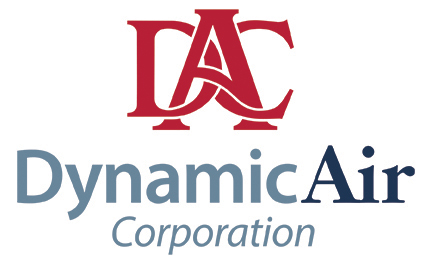







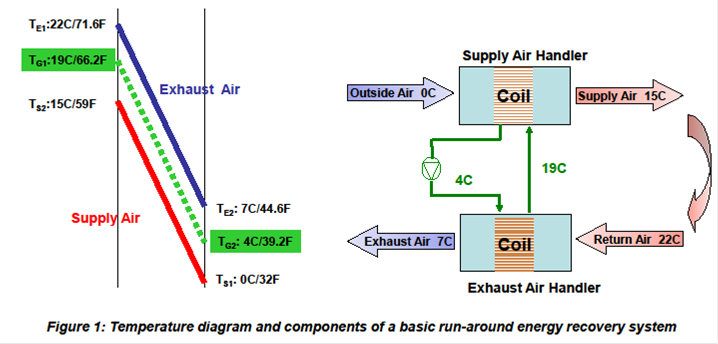
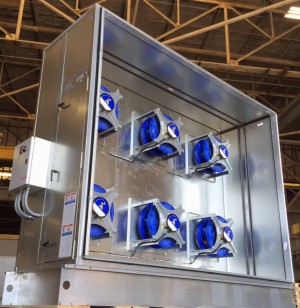 We are using electronically commutated (EC) motors more frequently in our custom air handling unit designs. Most recently we have started working with a company that provides a complete package.
We are using electronically commutated (EC) motors more frequently in our custom air handling unit designs. Most recently we have started working with a company that provides a complete package.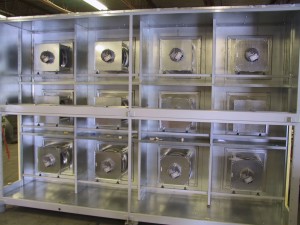

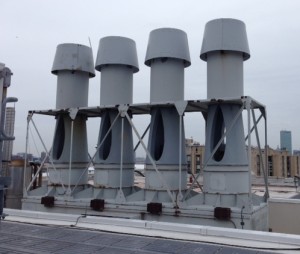
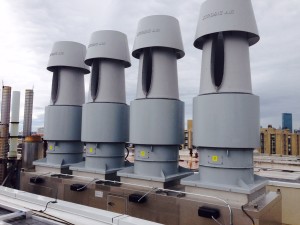
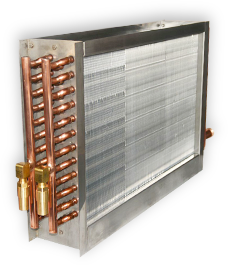

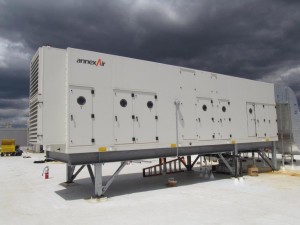
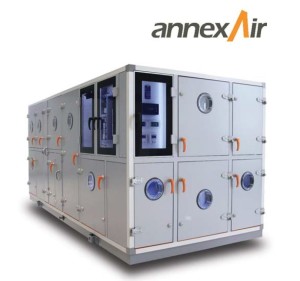
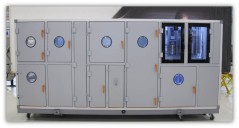 Unit shall have the entire exterior finished with a PVDF coating designed for UV resistance. Paint shall pass ASTM B117 3000-hour salt fog resistance test and ASTM D4585 3000-hour moisture condensation resistance test. In addition, paint must meet AAMA 620-02 standard for color, chalking, gloss retention, and abrasion resistance. The air handler unit casing shall be provided with a lifetime warranty against corrosion resistance under normal use.
Unit shall have the entire exterior finished with a PVDF coating designed for UV resistance. Paint shall pass ASTM B117 3000-hour salt fog resistance test and ASTM D4585 3000-hour moisture condensation resistance test. In addition, paint must meet AAMA 620-02 standard for color, chalking, gloss retention, and abrasion resistance. The air handler unit casing shall be provided with a lifetime warranty against corrosion resistance under normal use.
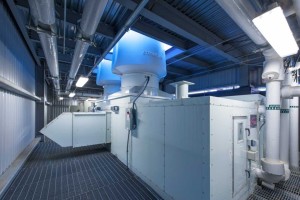 Project Challenges:
Project Challenges: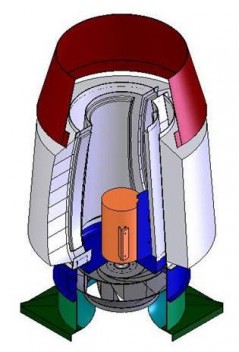
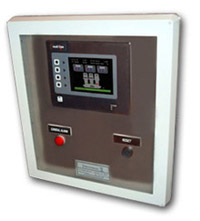 A Smart Fan Control system, by Strobic Air, was included in the application. The system provided complete controls to manage all variable flows. Signals from the Smart Fan Controller were sent to VFDs, Bypass dampers and Isolation Dampers to manage for optimum system flow and energy use. Inclusion of the system provided significant motor horsepower savings.
A Smart Fan Control system, by Strobic Air, was included in the application. The system provided complete controls to manage all variable flows. Signals from the Smart Fan Controller were sent to VFDs, Bypass dampers and Isolation Dampers to manage for optimum system flow and energy use. Inclusion of the system provided significant motor horsepower savings.